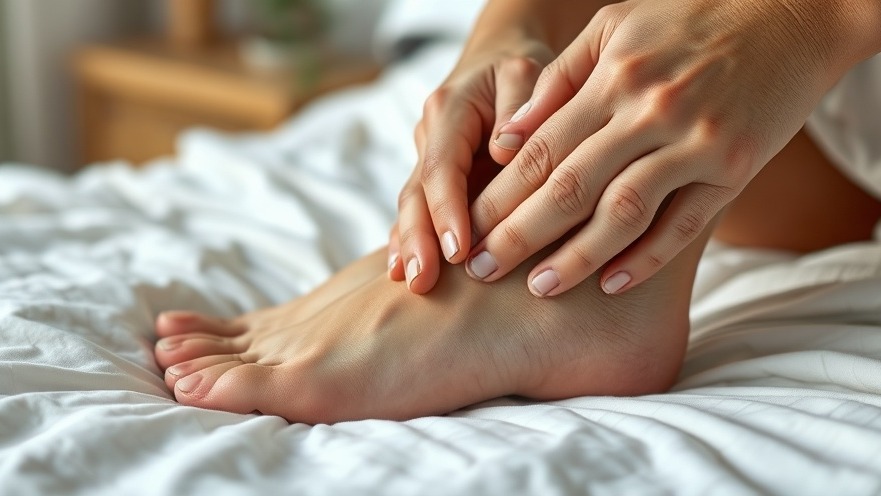
Understanding Pressure Injuries: Why Awareness is Key
Pressure injuries, commonly known as bed sores, may seem like a minor concern to some; however, they affect millions globally, representing a significant health risk that can lead to serious complications, especially in vulnerable populations. These painful wounds arise when sustained pressure inhibits blood supply to the skin and underlying tissues, often developing in areas where bones are close to the skin, such as the tailbone, heels, and hips.
Increased awareness about pressure injury prevention is vital, especially as demographic trends show a rise in elderly populations, many of whom face limited mobility. Factors contributing to higher risk include age, underlying medical conditions like diabetes and vascular disease, and nutritional deficiencies, making it imperative for families to educate themselves on preventative strategies.
Four Essential Steps to Prevent Pressure Injuries at Home
While the statistics surrounding pressure injuries can be daunting, implementing effective prevention strategies can dramatically lessen their incidence.
Step 1: Prioritize Proper Nutrition for Healthy Skin
A balanced diet rich in protein and vitamins is fundamental for maintaining skin health and preventing pressure injuries. Incorporating various high-protein foods such as lean meats, eggs, and legumes can enhance skin strength and healing capabilities. Additionally, ensuring an intake of Vitamin C through citrus fruits and vegetables not only supports collagen production but also aids in wound healing. The Academy of Nutrition and Dietetics advises adults at risk for pressure injuries to consume between 1.2 to 1.5 grams of protein per kilogram of body weight, underscoring the importance of nutrition as a strong line of defense.
Step 2: Regular Position Changes Matter
Frequent position changes are among the most effective strategies to prevent pressure injuries. Establishing a repositioning schedule can create a rhythm that promotes comfort and circulation. For instance, changing positions while lying down—suggesting intervals of back, left side, and right side orientations—prevents excessive strain on bony areas. Those in wheelchairs should engage in pressure relief exercises every 15-30 minutes, which can include leaning forward or shifting weight from side to side. These minor adjustments restore blood flow, further mitigating the risk of injury.
Step 3: Invest in Appropriate Support Surfaces
Your choice of support surfaces—such as mattresses and cushions—plays an essential role in distributing pressure evenly across the body. Relying on old mattresses can increase the likelihood of injuries; instead, consider investing in high-quality memory foam or gel mattresses designed to conform to body shapes, providing necessary support for patients at higher risk.
Step 4: Commit to Optimal Skin Care Practices
Employing effective skin care practices cannot be overlooked in injury prevention. Pay close attention to vulnerable areas prone to pressure injuries, using moisturizers and barrier creams to maintain skin integrity. Regularly check skin condition, and address any indications of redness or ulcers promptly. Encourage daily routines that emphasize skin care, particularly for individuals with limited mobility.
Connecting the Dots: Why This Matters to Everyone
The impact of pressure injuries extends beyond the physical realm. Awareness and prevention can significantly enhance overall quality of life, not to mention reduce healthcare costs associated with treatment and management. As family members or caregivers, understanding the risk factors and prevention methods enables proactive involvement in loved ones' health, nurturing a culture of care that considers everyday well-being.
Final Thoughts: Simple Steps for a Healthier Future
Though pressure injuries are a prevalent issue, they are largely preventable. By focusing on proper nutrition, regular repositioning, appropriate sleeping surfaces, and diligent skin care practices, we can effectively protect ourselves and those we care for from these painful conditions.
Remember, maintaining awareness and implementing these strategies fosters a healthier, more compassionate environment for everyone. It’s time to take action and ensure pressure injuries remain a topic of awareness rather than suffering.
 Add Element
Add Element  Add Row
Add Row 



Write A Comment